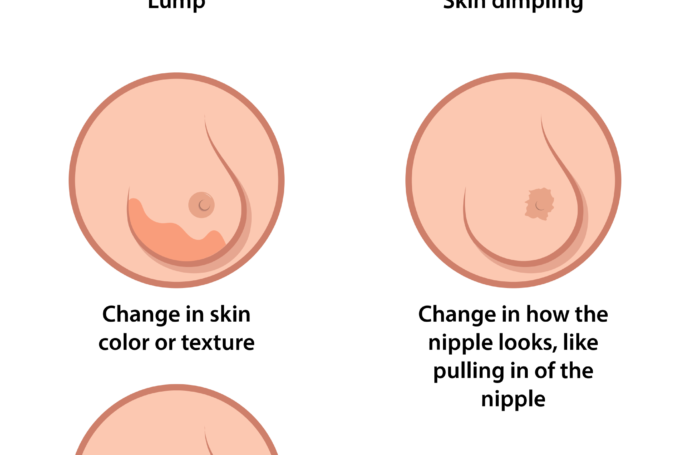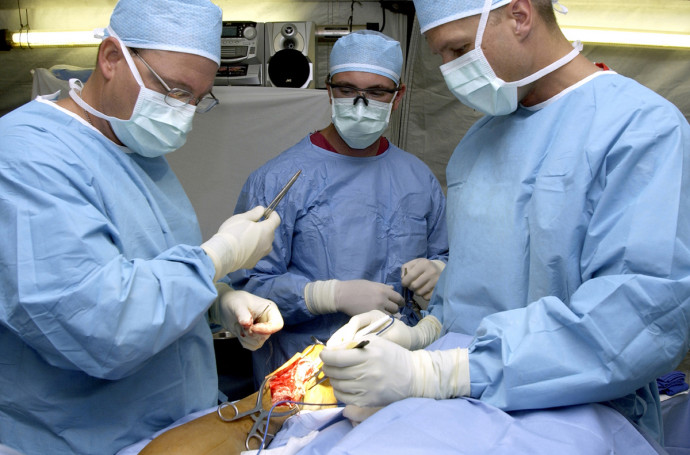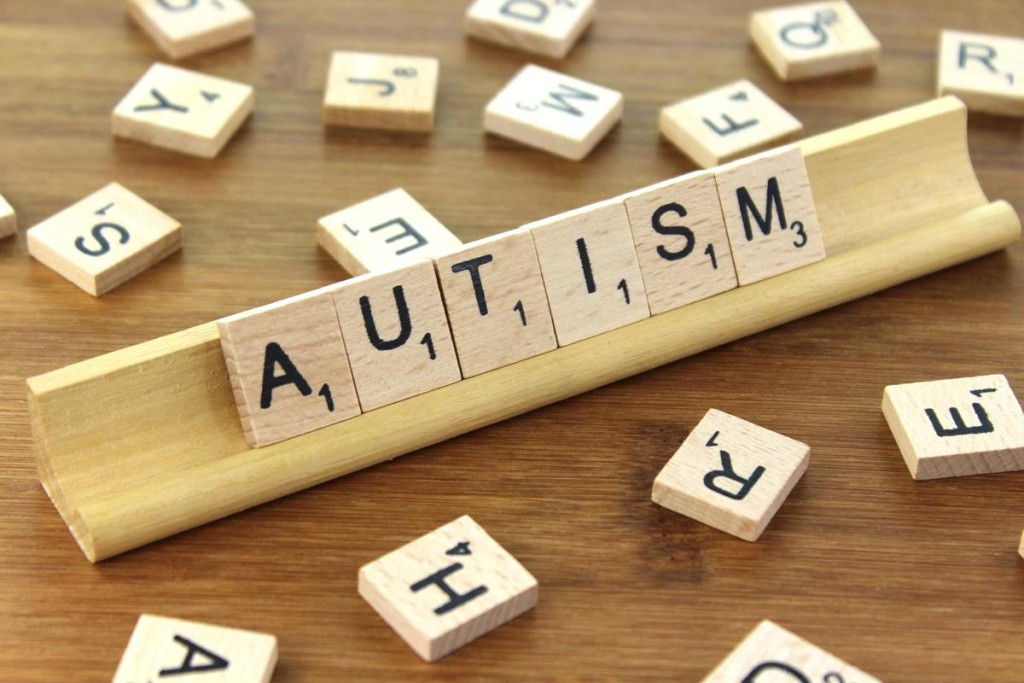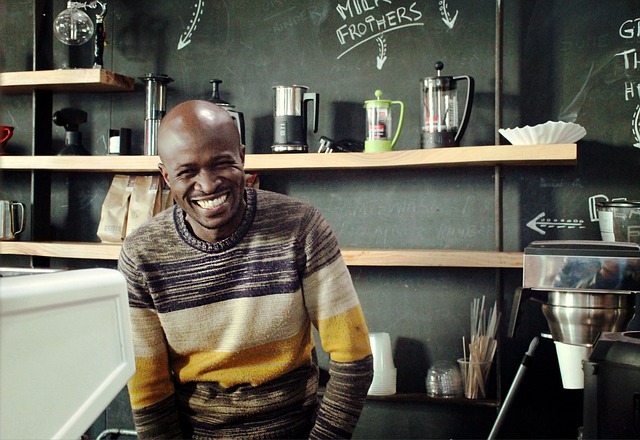Breast cancer is a woman’s greatest fear, but also one of the most common forms of cancer. Every year, there are around 180,000 newly diagnosed cases. While it happens in men as well, this is true in less than 1% of cases. The older a woman gets, the more likely she is to develop it. This is why most women are at least 50 when they develop it, and it is almost unheard of in the under 30. If caught early enough, it is highly treatable, and only around 20% of cases now provide to be fatal. This is due to tremendous improvements in prevention techniques, early diagnostics, and the lumpectomy.
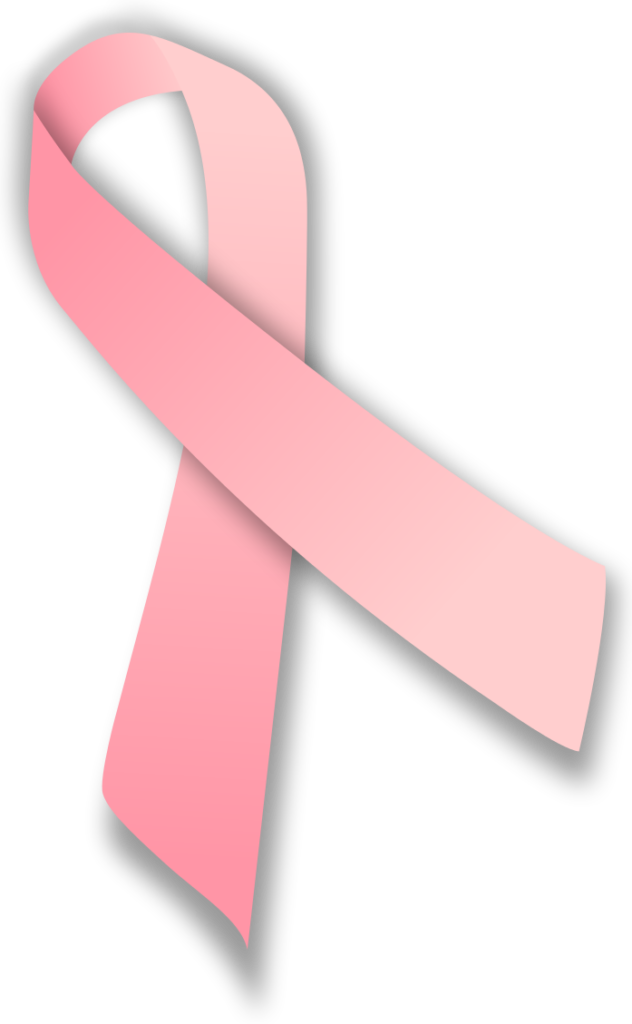
Early screening has proven to be very effective in lowering mortality rates. So much so, in fact, that women are now recommended to have a mammogram every other year once they hit 40, and every year after the age of 50. Breast tumors can develop in any part of the breast, and they have often spread to other parts of the body before they are diagnosed. Usually, it spreads to the lymph nodes, at which point women start to notice symptoms. If metastasis occurs, which means it spreads to other organs, the prognosis is much less good.
Causes of Breast Cancer
It isn’t known what causes breast cancer. However, there are clear risk factors that have been identified, including:
- Early start of menstruation or late menopause.
- Falling pregnant for the first time after 30.
- Having a family history of breast cancer.
- Exposure to radiation.
There are also risk factors that are believed to be associated with breast cancer, although further research needs to be completed. These include:
- Excessive alcohol intake.
- Eating a high fat diet.
- Oral contraceptive use.
- Estrogen replacement therapy.
Symptoms of Breast Cancer
Most of the time, breast cancer appears as a painless lump somewhere in the breast tissue. However, some women never find a lump. Other symptoms include:
- Discharge from the nipple.
- An inverted nipple.
- Orange peel skin on the breast.
Breast Cancer Diagnosis
If a lump is found on physical examination, a mammography should be ordered straight away, and a biopsy should be taken of any lumps that are found. If the biopsy proves that cancer is present, tests have to be completed for staging, including:
- Liver function test.
- Bone disease test
- Chest x-ray.
- Bone scan.
Complications of Breast Cancer
The complications of breast cancer depend on the levels of metastasis. Commonly, they include:
- High levels of calcium, leading to bone fractures.
- Confusions, numbness, weakness, headaches, seizures.
- Breathing difficulties.
- Swelling of the neck and face.
Breast Cancer Treatment
All women should commit to self treatment. This includes eating a healthy diet and avoiding substances such as alcohol and tobacco. They should also have the mammogram as soon as it is available to them.
If cancer is present, medical treatment will include drug therapy, such as chemotherapy and/or tamoxifen. Sometimes, hormonal therapy will be required. There are also two surgical treatments:
- The lumpectomy, whereby the lump and lymph node are removed after radiation therapy.
- Mastectomy, whereby the breast, or part of the breast, is removed.
